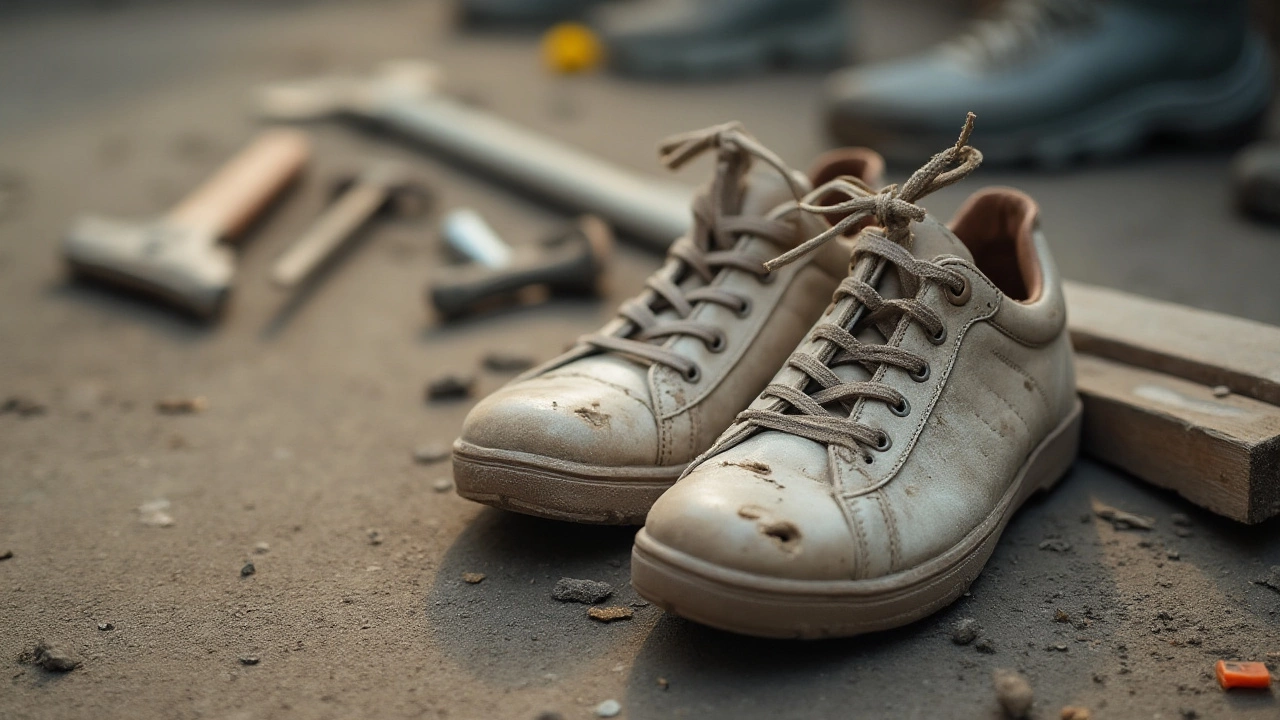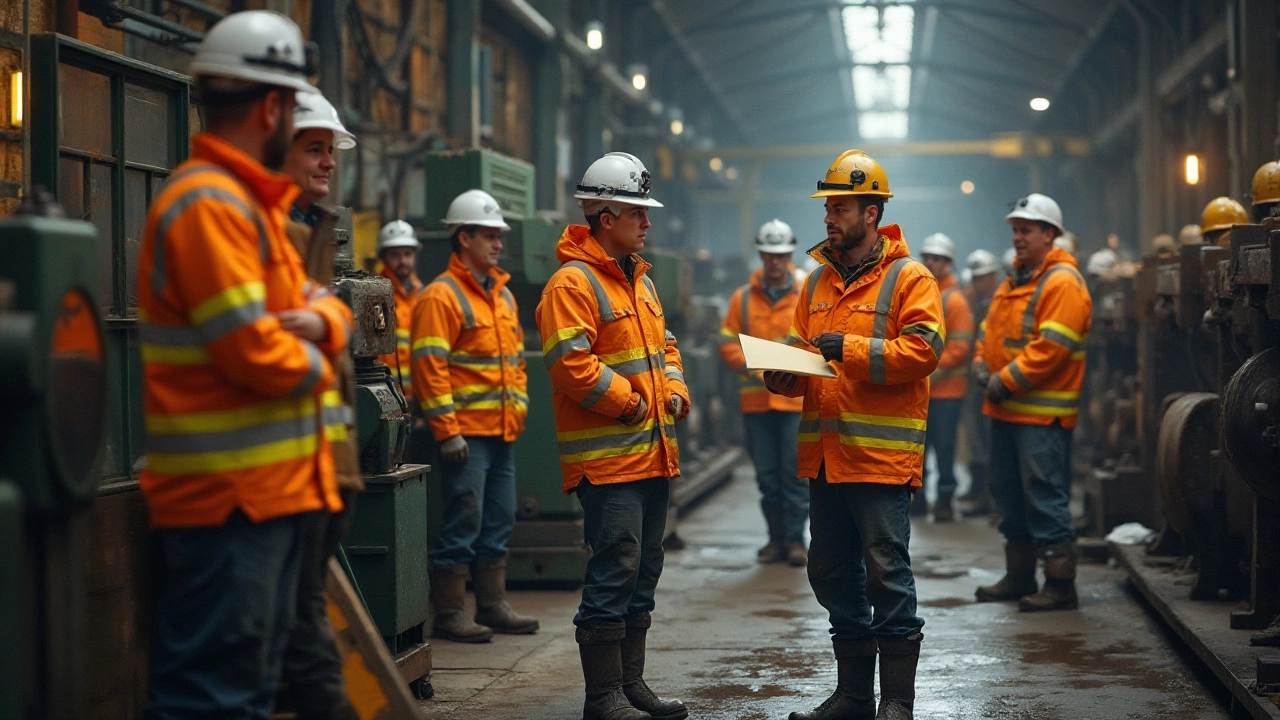Footwear Safety Tips and Work Shoe Guides
When you step onto a job site, the right shoes can mean the difference between a smooth shift and an injury. At JR Wax & Tune we’ve put together quick, easy‑to‑follow advice to help you pick safe, comfortable footwear for any work environment. Below you’ll find the most common footwear mistakes and a plain‑English look at the legal side of steel‑toe shoe mandates.
Common Footwear Mistakes on the Job Site
First off, ditch the fashionable sneakers that look great but offer little protection. Slip‑on shoes, sandals, and soft‑sole trainers don’t grip well on wet concrete, and the lack of toe protection can leave you vulnerable to falling objects. Even a sturdy pair of running shoes can fail if the sole isn’t designed for oil, grease, or heavy impact.
Next, pay attention to the fit. Shoes that are too loose let your foot slide inside, increasing the risk of blisters and reducing stability. Overly tight shoes compress the foot, causing fatigue and poor circulation. The sweet spot is a snug fit that lets you wiggle your toes without any pinching.
Another mistake is ignoring the material. Leather offers good durability but can become slippery when wet unless it’s treated. Synthetic uppers may be lighter, but they often lack the abrasion resistance needed on rough surfaces. Look for shoes with a reinforced toe cap and a non‑slip sole—these features are the backbone of any reliable work shoe.
Legal Side of Steel‑Toe Shoe Requirements
Many workplaces ask you to wear steel‑toe shoes, but can they force you? The short answer is yes, if the job involves hazards like heavy objects, compression, or falling tools. Health and safety regulations in the UK require employers to assess risks and provide suitable protective footwear.
That doesn’t mean you have to sacrifice comfort. Modern steel‑toe boots come with cushioned midsoles, breathable linings, and lightweight designs. If an employer’s requirement feels unreasonable—say, they demand a heavy boot for a desk job—you can discuss alternatives like composite toe caps, which meet safety standards without the extra weight.
Remember, the employer must explain why the specific footwear is needed and provide it if it costs more than a reasonable amount. Knowing your rights helps you stay safe without feeling stuck in an uncomfortable pair.
Bottom line: choose shoes that protect your toes, grip the floor, and fit well. If your job calls for steel‑toe protection, ask for the latest lightweight models. And whenever you’re unsure about a footwear rule, check the health and safety policy or talk to your supervisor. With the right pair on your feet, you’ll work smarter, stay injury‑free, and keep moving forward confidently.
-
Essential Footwear Tips: What Not to Wear on the Job Site
Choosing the right footwear for a job site is crucial for safety and efficiency. This article explores common footwear mistakes and provides practical advice on what types of shoes should be avoided. Learn why certain shoes pose risks and find tips on choosing the correct footwear for demanding environments. By understanding the importance of suitable work shoes, you can protect yourself from potential injuries and improve work performance.
-
Can Employers Mandate Steel-Toe Shoes at Work?
Steel-toe shoes are often a necessity in many workplaces aimed at protecting employees' feet from potential hazards and accidents. This article explores the legalities surrounding whether an employer can require their employees to wear these protective shoes. It delves into safety regulations, reasons behind such mandates, and the possible implications for both employees and employers. Readers will gain insights into balancing safety requirements with personal comfort.

